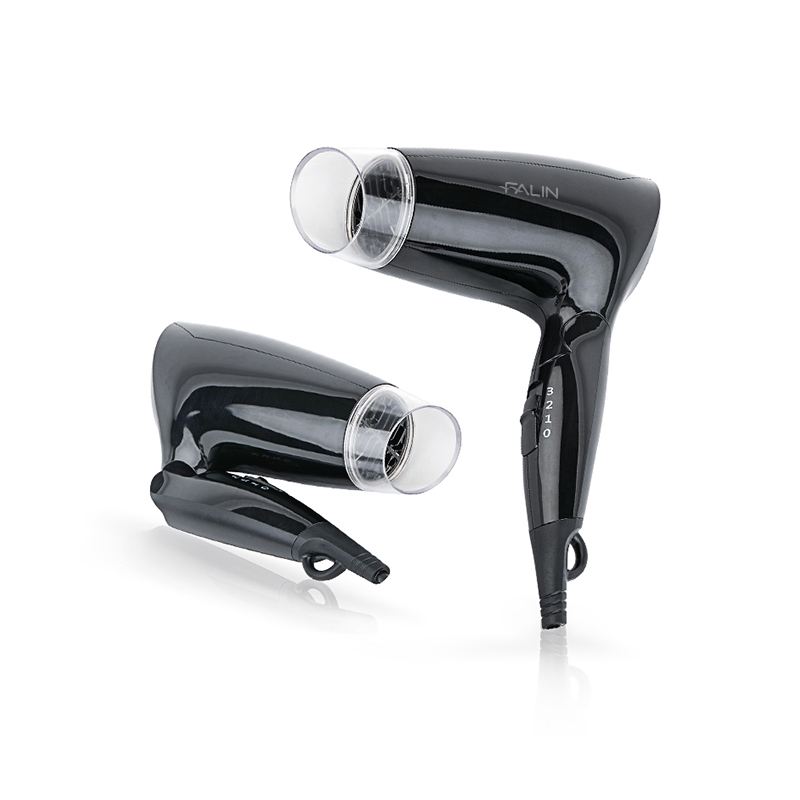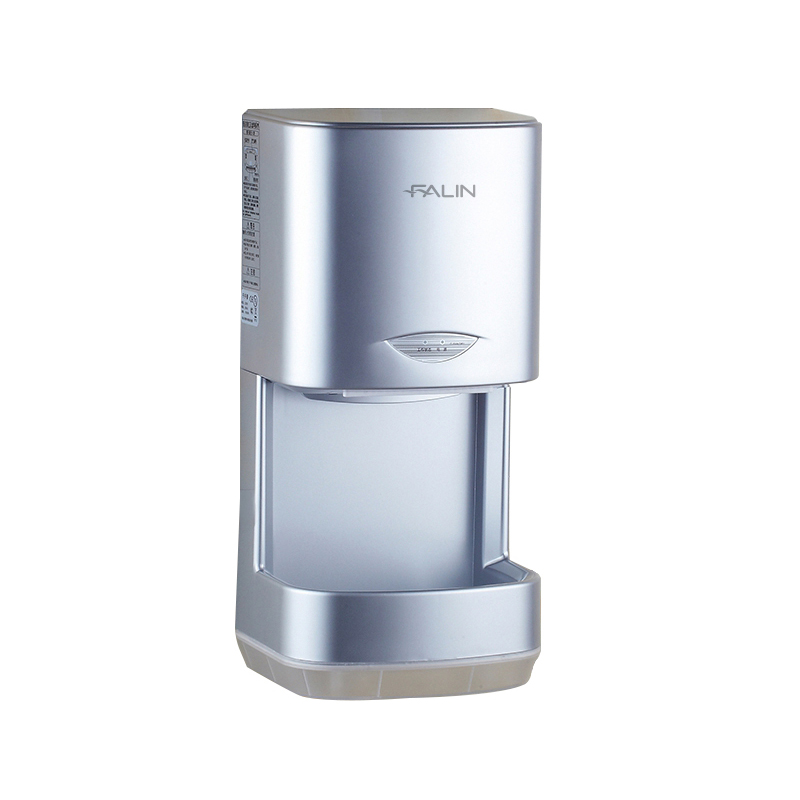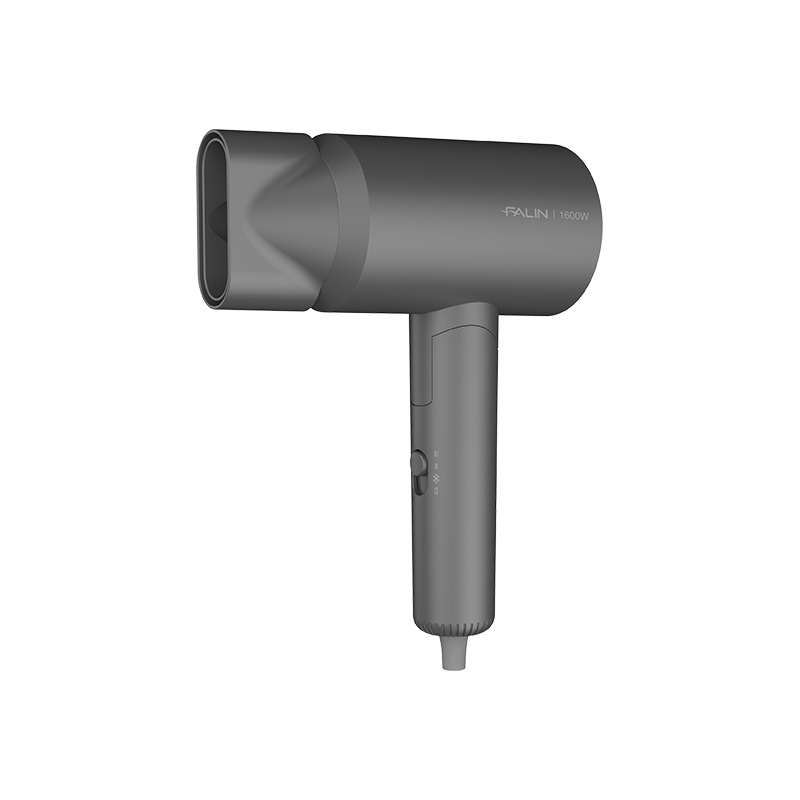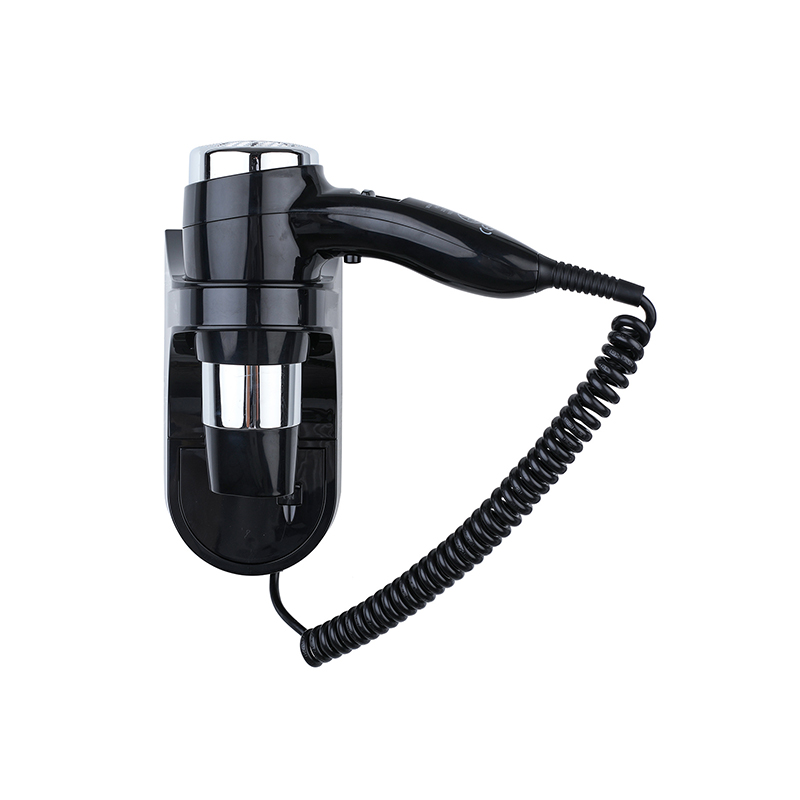
The hair care industry has seen steady advancements in technology, with high speed hair dryers becoming a common choice for both professional salons and personal use. Their appeal lies not only in their ability to dry hair quickly but also in their efficiency. Many consumers are asking whether these devices are truly energy-efficient and how they compare to traditional dryers.
1. Faster Drying Means Less Power Consumption
One of the main benefits of high speed hair dryers is their ability to cut down drying time. A conventional dryer may take 15 minutes or more to fully dry thick hair, while a high speed version can reduce that time significantly. By shortening the duration of use, overall electricity consumption is lowered, even if the motor itself runs at higher wattage. The efficiency comes from reduced usage time rather than just lower power output.
2. Advanced Motor Technology
Many high speed hair dryers use brushless motors, which are more efficient compared to traditional brushed motors. They operate with less friction and produce more consistent airflow. This allows the dryer to generate strong air pressure without wasting unnecessary energy. A high speed hair dryer factory often emphasizes motor innovation as one of the defining features of their products. These technical improvements directly contribute to energy efficiency, making the devices more sustainable in daily use.
3. Heat Management and Temperature Control
Excessive heat not only damages hair but also consumes more energy. High speed dryers often incorporate intelligent temperature control systems that adjust heat output automatically. By balancing airflow and heat, they reduce the risk of overheating while ensuring effective drying. This controlled energy use is an important factor in making them more efficient than traditional models that rely heavily on constant high temperatures.
4. Material and Design Considerations
Design also plays a role in efficiency. Lightweight and aerodynamic designs improve airflow, reducing resistance and allowing air to move more freely. Some models include concentrator nozzles or diffusers that channel airflow effectively, which means the dryer doesn't need to work as hard to achieve the desired results. Manufacturers in a high speed hair dryer factory often test these designs to ensure energy use is optimized alongside performance.
5. Environmental and Cost Implications
While high speed dryers can cost more upfront, their energy efficiency may result in lower long-term electricity usage. For households where multiple people use hair dryers daily, this reduction in energy use can make a noticeable difference. Beyond household savings, the efficiency also reduces environmental impact, aligning with broader efforts toward sustainability in personal care products.
High speed hair dryers demonstrate energy efficiency through faster drying, advanced motors, precise heat control, and smart design. By reducing drying time and controlling energy output, they strike a balance between performance and responsible energy use. With continued innovation from a high speed hair dryer factory, these devices are likely to become even more efficient in the future, benefiting both consumers and the environment.


 English
English 中文简体
中文简体





 Building 19, Block 9, Bihu Wangyang Town, Liandu District, Lishui City, Zhejiang Province, China
Building 19, Block 9, Bihu Wangyang Town, Liandu District, Lishui City, Zhejiang Province, China 